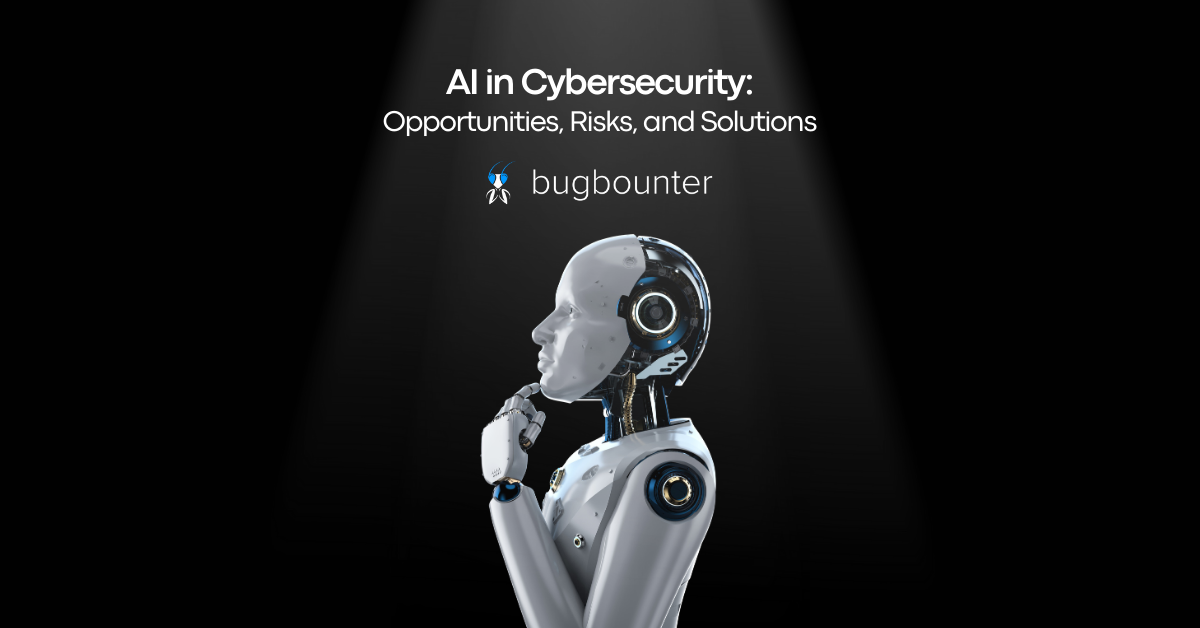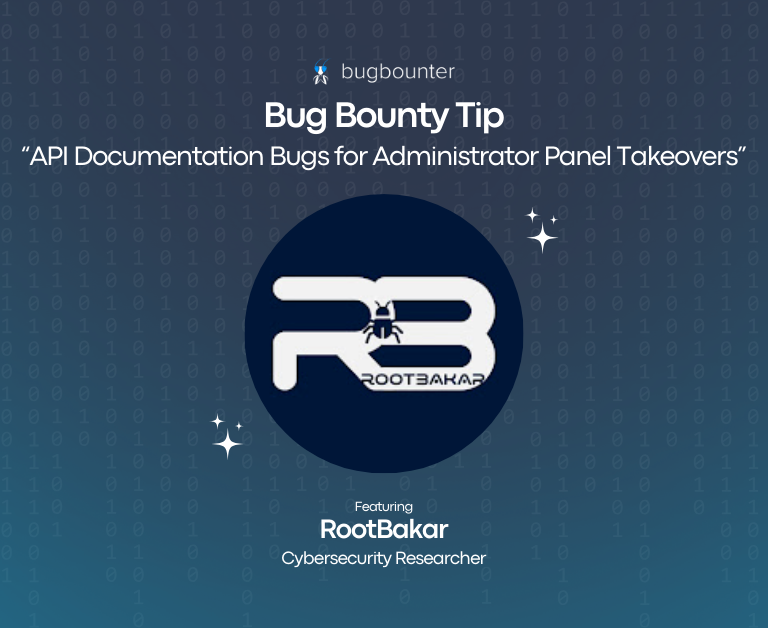AI in Cybersecurity: Opportunities, Risks, and Solutions
Artificial Intelligence (AI) is rapidly becoming a omnipresent force, permeating various industries and reshaping the landscape of technology. Among the domains significantly influenced by AI, cybersecurity stands out as both a beneficiary and a battleground for new challenges. In this article, we delve into the profound impact of AI on cybersecurity, exploring its promises, potential pitfalls, and the imperative of skill development to navigate this evolving landscape.
The Pros of AI in Cybersecurity
Explore the pros of AI in cybersecurity, and how can it contribute to the cybersecurity of your business.

1. Enhanced Threat Detection
AI-powered cybersecurity systems have demonstrated prowess in analyzing vast datasets to identify patterns and anomalies indicative of potential cyber threats. Machine learning algorithms, through continuous learning from past incidents, enhance the speed and accuracy of threat detection.

2. Improved Incident Response
Automation facilitated by AI is a game-changer in incident response. AI algorithms can efficiently analyze and prioritize alerts, investigate security incidents, and recommend appropriate response actions to security teams, leading to faster and more effective threat mitigation.

3. Advanced Malware Detection
AI-powered cybersecurity systems have demonstrated prowess in analyzing vast datasets to identify patterns and anomalies indicative of potential cyber threats. Machine learning algorithms, through continuous learning from past incidents, enhance the speed and accuracy of threat detection.

4. AI-Enabled Authentication
Automation facilitated by AI is a game-changer in incident response. AI algorithms can efficiently analyze and prioritize alerts, investigate security incidents, and recommend appropriate response actions to security teams, leading to faster and more effective threat mitigation.
While these advantages showcase the potential of AI in fortifying cybersecurity, it’s crucial to acknowledge the flip side—the inherent risks and challenges.
The Cons of AI in Cybersecurity
Explore the cons of AI in cybersecurity, and how can threaten businesses.

1. Adversarial AI
Just as AI can be harnessed to bolster cybersecurity defenses, adversaries can exploit AI techniques to enhance their attacks. Adversarial machine learning involves manipulating AI systems by exploiting vulnerabilities or injecting malicious inputs to evade detection or gain unauthorized access.

2. AI-Enabled Botnets
AI can be leveraged to create intelligent botnets capable of coordinating attacks, evading detection, and adapting to changing circumstances. These AI-driven botnets pose a significant threat, enabling distributed denial-of-service (DDoS) attacks, credential stuffing, and large-scale attacks against targeted systems.

3. Data Poisoning
The dependence of AI models on large datasets for training makes them vulnerable to data poisoning. If attackers inject malicious or manipulated data into the training set, it can compromise the performance and behavior of the AI system, leading to biased or inaccurate outcomes.

4. Privacy Concerns
AI systems often rely on vast amounts of data, raising privacy concerns as the collection and processing of sensitive information may expose individuals or organizations to privacy breaches. Striking a balance between security and privacy requires robust data governance and the implementation of privacy-preserving AI techniques.
BONUS: Unemployment Concerns
The integration of AI in cybersecurity, while promising efficiency gains, raises concerns about potential job displacement. As AI technology advances, certain roles and tasks performed by humans could be automated, potentially leading to widespread unemployment or job insecurity.
How Can Companies Mitigate the Cybersecurity Risks Caused by AI?
To harness the benefits of AI in cybersecurity while mitigating risks, a holistic approach is essential. Collaboration across stakeholders, rigorous testing, continuous monitoring, and the fusion of AI-powered solutions with human expertise form the bedrock of a resilient cybersecurity strategy.
The proliferation of AI in cybersecurity demands that businesses adopt proactive measures to mitigate associated risks. Some key strategies include:

1. AI Education and Training
Ensure that cybersecurity teams receive comprehensive education and training on AI technologies. This empowers them to understand AI-driven threats, implement effective countermeasures, and stay abreast of evolving cybersecurity landscapes.

2. Authentication Protocols
Given the AI-enhanced risks associated with unauthorized access, businesses should prioritize the implementation of advanced authentication protocols. Multi-factor authentication, biometric verification, and adaptive access controls can significantly bolster security against AI-driven threats.

3. Regularly Update and Patch Systems
Frequently update and patch both AI-powered cybersecurity systems and conventional IT infrastructure. Regular updates help address vulnerabilities and ensure that security measures remain effective against emerging threats.

4. Cybersecurity Awareness
Promote a culture of cybersecurity awareness among employees. Educate them about the potential risks associated with AI and the importance of adhering to security best practices. Cybersecurity awareness training can significantly reduce the likelihood of falling victim to AI-driven attacks.
Bug Bounty Programs Mitigating Business Risks Caused by AI
Bug bounty programs provide a valuable mechanism for organizations to crowdsource security testing. By incentivizing ethical hackers to identify vulnerabilities in AI systems, businesses can proactively address potential weaknesses before malicious actors exploit them. Continuous monitoring through bug bounty programs allows organizations to refine their AI security measures based on real-world insights, ensuring ongoing resilience against emerging threats. Engaging with the broader security community fosters collaboration, enhancing the collective intelligence dedicated to identifying and mitigating AI-related security risks. Bug bounty programs operate under responsible disclosure policies, encouraging ethical hackers to report identified vulnerabilities responsibly. This transparent and collaborative approach ensures that organizations can address issues promptly without exposing their users or systems to unnecessary risks.
Closing Thoughts: Navigating the AI-Cybersecurity Landscape
As AI continues to reshape the cybersecurity landscape, organizations and cybersecurity professionals must remain vigilant and adaptive. The growth of AI brings both unprecedented opportunities and risks that demand a proactive stance. Skill development, continuous training, and the strategic implementation of cybersecurity measures, including bug bounty programs, are pivotal in empowering cybersecurity professionals to navigate this dynamic terrain effectively. In conclusion, the synergy between AI and cybersecurity holds immense potential, but its realization requires a judicious blend of technological innovation, ethical considerations, and a well-trained workforce. Embracing this paradigm shift and addressing its challenges head-on will pave the way for a secure digital future.





